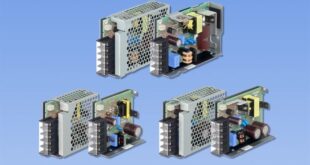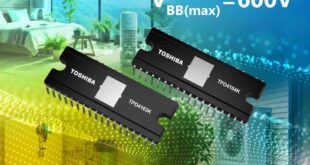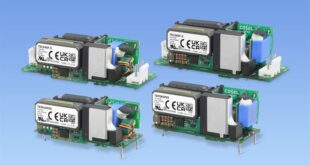The energy industry is understandably cautious in adopting blockchain technology, but as Jürgen Resch explains, there are huge benefits to be had from decentralised trading, including boosted profits and more flexible microgeneration
While some industries have been quick to adopt blockchain technology, the energy generation sector has been relatively slow to embrace the opportunity.
Following several successful European projects however, a revolution in energy generation is happening.
Change in the energy sector often requires considered and cautious decisions. This isn’t necessarily a negative trait, as it ensures all new technologies are understood with a clear plan on how to integrate them into existing processes.
Yet, as we look ahead to the potential future of blockchain in the energy industry, the sector has already taken great strides in accepting this decentralised exchange.
Blockchain benefits
Blockchain is useful in situations where two parties exchange something, whereby frequent trades are governed by a contract. Whether this is the exchange of goods, money or in this case, energy, the same principles apply.
Manually writing and signing contracts for each transaction would be very time consuming, so the contracts must be digitalised in a traceable and secure way, without a single point of ownership – one main benefit of using blockchain technology.
In the energy industry, this can be particularly beneficial for microgeneration. For instance, an owner of a small solar farm may be selling excess energy to their neighbours.
Inevitably, these neighbours want a fast and straightforward system to access this energy. Otherwise, they would simply stick with energy from their main utility provider.
Using blockchain, the neighbours can set a price point they are willing to buy the energy for, without the need to embark on complex negotiations or create manual contracts.
If the solar farm owner cannot meet this price point, the neighbour can simply take power from their utility provider. This might change the whole energy supply system to a demand-driven concept.
In order to give the solar farm owner an overview of the current situation, or reports about how he profited from the negotiations, it will require a SCADA system or at least an HMI.
Today these systems do not ‘speak’ blockchain, but as soon as the demand rises, they will adapt rapidly.
This flexibility is particularly advantageous in renewable applications in which energy is volatile, like solar farms. Blockchain technology is dynamic and therefore handles such variability.
Most importantly from a financial perspective, this blockchain trade is completely isolated from the utility, therefore avoiding transaction fees from a central trader.
Europe is accelerating change
There are several European projects setting good examples of using blockchain effectively. Many of these projects focus on the ‘prosumer’, a person who consumes and produces a product — like the earlier solar farm owner.
Take Elblox as an example. This project, originating in Switzerland, is a peer-to-peer platform that allows producers and prosumers to exchange renewable energy with their local public.
Using the platform, those with energy to spare can position themselves in the local energy market, allowing consumers to buy this electricity in just a few clicks.
Using the likes of Elblox, blockchain is revolutionising how energy is generated, stored, bought, sold and used at the local level. A
s traders do not pay transaction fees to a central trader and the prosumers can act faster to new price situations, profits in the microgrid can be optimised using this method.
By creating localised energy marketplaces across the existing grid infrastructure, the conventional energy model may be a thing of the past.
Uncertainty
It is hard to predict exactly how blockchain will affect the current energy model of large-scale providers and utility companies.
However, there are suggestions that the technology will prove just as valuable to the utility as it is to prosumers.
Energy generation setpoints are currently decided by the grid governor. In the future, governors may also gather information from microgrid blockchain requests and consider this data when defining setpoints.
There’s also uncertainty around the cybersecurity implications of blockchain.
Yet, blockchain has been developed to be secure and uses sophisticated math that is extremely difficult for attackers to manipulate. There is no one weak point to attack, which is a huge benefit of decentralisation.
With the technology safe from manipulation, an arguably bigger threat is at the user’s site. Authentication mechanisms, rather like the ones used for internet banking, may be required for the initial setup of a peer account.
Blockchain is bringing big changes, so it is no surprise the energy industry is lagging behind others in adoption.
However, we are already witnessing successful examples of blockchain. Looking to the future, Europe will be on its way to optimising microgrid profits through decentralised, peer-to-peer trading.
Jürgen Resch is Energy Industry Manager at COPA-DATA.
 Engineer News Network The ultimate online news and information resource for today’s engineer
Engineer News Network The ultimate online news and information resource for today’s engineer



